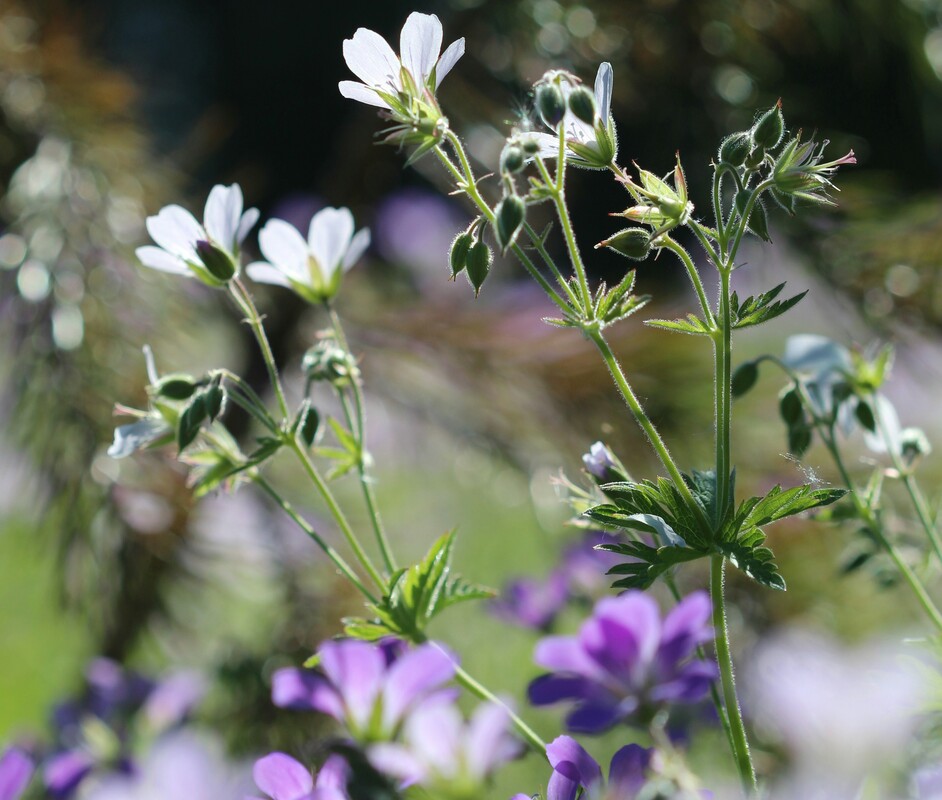|
Soil is the foundation of all the plants you grow. If your soil is healthy, your plants are healthy. Why is that? Soil is alive with thousands of microorganisms that are working to keep nutrients available for your plants at the root level. If soil is left uncovered, those microorganisms can be exposed to sunlight, the top layer of soil can erode away, leaving plants at a disadvantage without a layer of insulation.
So we mulch. We have yards of hardwood mulch applied every year, and while this is a widely-accepted practice, there are better options that benefit the plants, the pollinators, and you. In ecological gardening, we are trying to mimic what nature does and restore wildlife habitats. In a natural ecosystem, you will rarely find exposed soil. Typically there is a layer of leaf litter that naturally falls, and within that layer are beneficial insects and their eggs that overwinter. ‘Leave the leaves’ has been a recent campaign by conservationists, and it makes sense. Not only do leaves help suppress weed seeds, but they nourish the soil as they break down and provide habitat for wildlife. Another option is a living mulch. Using plants as a mulch has many benefits - one of them is less weeding. When the right perennials are planted closely together, they will cover exposed soil and crowd out weeds. There are wonderful grouncovers that can be used as mulch as they weave in and around perennials and shrubs. In keeping with the last article ‘Grow the Right Plants’, we want to make thoughtful choices taking into consideration not only aesthetics, but also benefits to pollinators and plant communities. Introducing matrix plantings. A matrix is a design concept that originated in Germany following WWII. In it’s simplest form, a low-growing perennial is used as a groundcover, then taller perennials with similar cultural needs are planted among the groundcover to offer seasonal interest. Plants are carefully chosen based on their plant growth so they will knit together and form a cooperative ecosystem. Sedges (Carex) are commonly used as the matrix base layer. Other options include low-growing hardy geraniums (Geranium sanguineum), and lambs’ ear (Stachys byzantina) for sun, wild ginger (Asaram canadense) for shade. If you want to learn more about matrix planting design, click here. Learn more about sedges here. Living mulches can also be edible whether in an ornamental landscape or the vegetable garden. Wild strawberries (Fragaria virginiana) and herbs are good examples commonly used in permaculture. Learn more about permaculture here. The possibilities of living mulches are many and fun to explore. Next week we will focus on attracting beneficial insects. Also, watch for an opportunity to continue the conversation in person here at Burlington Garden Center coming soon. Until then, check out the links below to learn more. LINKS: What is Ecological Gardening Homegrown National Parks Native Plant Finder
0 Comments
Leave a Reply. |
|
|
STORE INFO
5205 Mormon Road Burlington, WI 53105 262.763.2153 |

